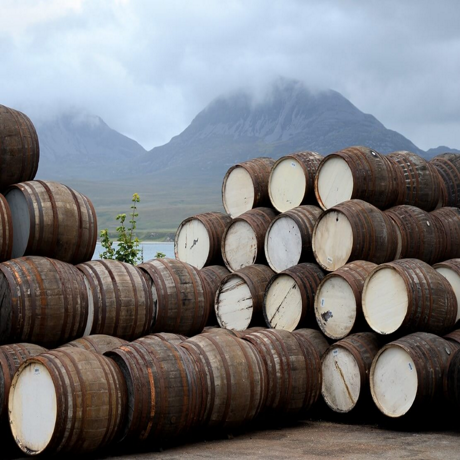
- March / 21 / 2023
How to make casks for maturing whisky
The process of making oak casks to mature whisky is an intricate process. For the most part, either European Oak or American White Oak is used. Firstly, the oak logs are carefully selected and seasoned to remove any moisture content from the wood. The seasoned oak logs are then split into staves, which are the long, narrow pieces of wood that form the sides of the cask.
The staves are then shaped and toasted over an open flame to give them a specific level of char, which will affect the flavor profile of the whisky that is stored in the cask. This toasting process also helps to remove any impurities and resins that may be present in the wood.
Next, the staves are assembled into the shape of a barrel or cask, with metal hoops added to hold the staves together. The cask is then filled with water to test for leaks, and any leaks are fixed before the cask is deemed ready for use.
Before the cask is filled with whisky, it is often “seasoned” by being filled with another spirit, such as sherry or bourbon, for a period of time. This helps to infuse the cask with additional flavors and aromas that will be passed on to the whisky.
Finally, the cask is filled with new make spirit, and left to mature for a minimum of three years, as required by law to be called “Scotch whisky.” During this time, the whisky interacts with the oak and extracts flavors, colors, and aromas from the wood.
The type of oak used and the level of toasting or charring can significantly impact the final flavor profile of the whisky. This is why distillers carefully select their casks and may even use a combination of cask types to achieve a desired flavor profile.
To see this process first hand, we highly recommend a visit to the Speyside Cooperage in Craigellachie.



